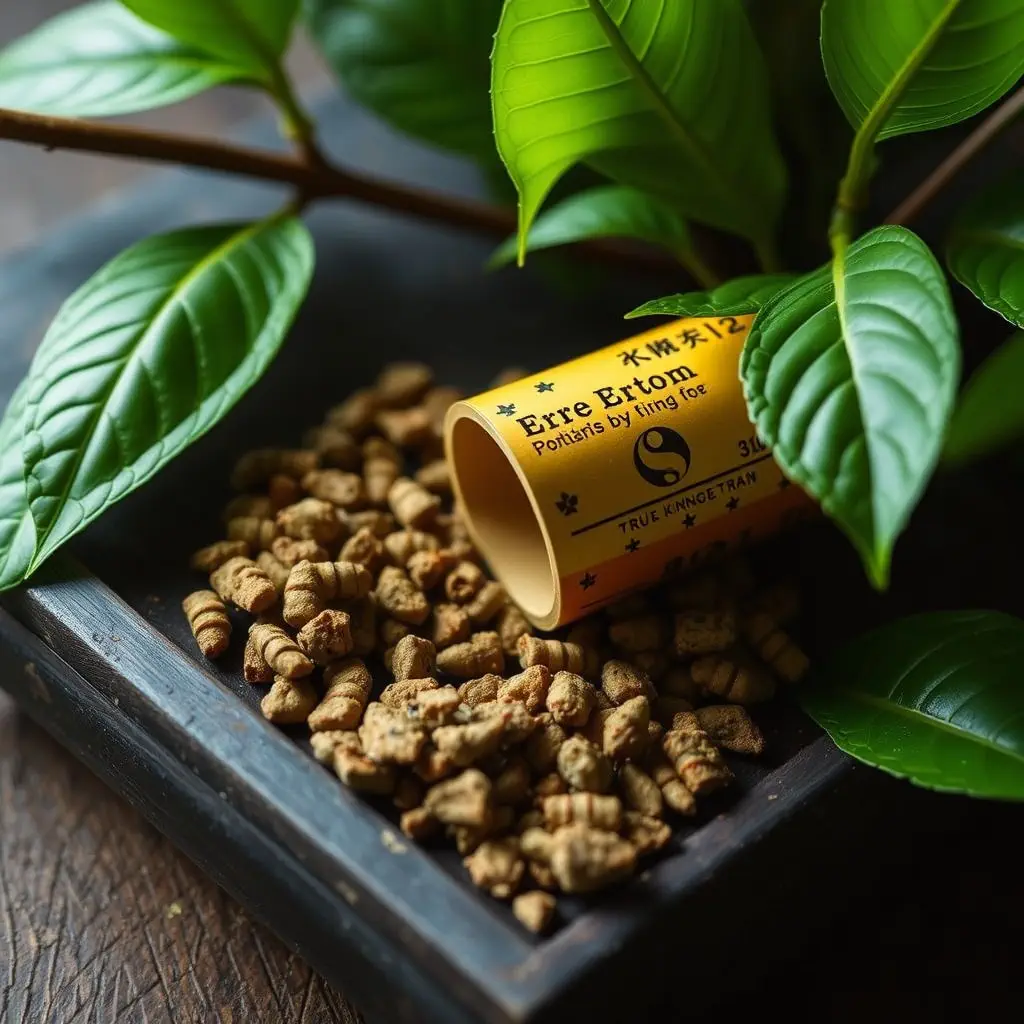The lotus blue flower (Mitragyna hirsuta), a strain of kratom, is gaining attention for its potential role in alleviating opioid withdrawal symptoms. Preliminary studies suggest that its unique alkaloids, including mitragynine and 7-hydroxymitragynine, may engage with opioid receptors to reduce discomfort associated with detoxification. While there is anecdotal evidence and some clinical research supporting its efficacy, the scientific community is still investigating its safety and therapeutic benefits. It's important for individuals considering kratom as a part of their recovery process to consult healthcare professionals due to potential risks and the current lack of comprehensive regulations. The lotus blue flower represents a promising natural alternative being explored for managing opioid withdrawal symptoms, but further research is necessary to establish its role in addiction management. Users are cautioned to approach its use with careful consideration and under professional guidance.
Mitragyna hirsuta, commonly known as the lotus blue flower, has garnered attention for its potential role in managing opioid withdrawal symptoms. As the opioid crisis continues to escalate, there is an urgent need for effective, alternative treatments. This article delves into the therapeutic properties of kratom, specifically focusing on the lotus blue flower’s alkaloids and their impact on mitigating the challenging effects of opioid withdrawal. We explore the scientific basis behind its efficacy and safety, providing insight into how this natural substance could serve as a valuable tool in the arsenal against addiction. Understanding kratom’s role is crucial for healthcare providers and patients alike in navigating recovery paths that are less fraught with the perils of withdrawal.
- Understanding Kratom's Role in Mitigating Opioid Withdrawal Symptoms Through the Lotus Blue Flower's Alkaloids
- Exploring the Therapeutic Potential of Mitragyna Hirsuta (Lotus Blue Flower) in Alleviating Opioid Withdrawal
- A Closer Look at Kratom's Efficacy and Safety for Managing Opioid Withdrawal Symptoms, Featuring the Lotus Blue Flower
Understanding Kratom's Role in Mitigating Opioid Withdrawal Symptoms Through the Lotus Blue Flower's Alkaloids

Kratom, derived from the leaves of the Mitragyna speciosa tree, often referred to as the lotus blue flower, has garnered attention for its potential role in alleviating opioid withdrawal symptoms. The lotus blue flower’s alkaloids, notably mitragynine and 7-hydroxymitragynine, are believed to interact with the body’s opioid receptors, offering a therapeutic effect for those experiencing withdrawal. These compounds can mimic opioid effects to some extent, which may help mitigate the discomfort associated with cessation of opioid use.
Research suggests that the lotus blue flower’s alkaloids can play a pivotal role in the management of withdrawal symptoms by providing relief from the dysphoric and pain-related effects that typically accompany detoxification. While the scientific community continues to explore the efficacy and safety of kratom for this purpose, anecdotal evidence and some clinical studies indicate its potential as a tool for managing withdrawal symptoms in individuals transitioning away from opioid dependence. It is important to approach the use of kratom with caution, as it is not without risks or regulatory oversight; users should seek guidance from healthcare professionals when considering this approach.
Exploring the Therapeutic Potential of Mitragyna Hirsuta (Lotus Blue Flower) in Alleviating Opioid Withdrawal

Mitragyna hirsuta, commonly known as the lotus blue flower, has garnered attention in the realm of alternative treatments for opioid withdrawal symptoms. Preliminary research suggests that this plant, a close relative to Mitragyna speciosa, or kratom, may hold therapeutic properties that can assist individuals experiencing the physiological and psychological distress associated with opioid cessation. The alkaloid profile of M. hirsuta includes mitraphylline and 7-hydroxymitragynine, which are thought to contribute to its potential analgesic and anti-withdrawal effects. Studies have indicated that the lotus blue flower may help modulate opioid receptors, potentially easing the discomfort of withdrawal without the risks of conventional medications. Furthermore, its efficacy in managing opioid withdrawal is an area of growing interest, with ongoing research aimed at elucidating the mechanisms behind its effects and establishing safe dosage guidelines to optimize its therapeutic potential. As research progresses, the lotus blue flower stands out as a promising avenue for those seeking alternative remedies to manage opioid withdrawal symptoms.
A Closer Look at Kratom's Efficacy and Safety for Managing Opioid Withdrawal Symptoms, Featuring the Lotus Blue Flower

Kratom, a botanical extract from the leaves of the Mitragyna speciosa tree, has garnered attention in discussions about managing opioid withdrawal symptoms. The Lotus Blue Flower, a proprietary strain of kratom, is often highlighted for its potential role in alleviating the distressing effects of withdrawal. Preclinical studies and anecdotal reports suggest that certain kratom alkaloids, such as mitragynine and 7-hydroxymitragynine, may interact with opioid receptors in a way that can mitigate withdrawal symptoms. The Lotus Blue Flower’s unique alkaloid profile is believed to contribute to its efficacy in this regard, offering a natural alternative to manage the discomfort associated with cessation from opioids. However, it is imperative for individuals considering kratom as a treatment option to approach its use with caution. The safety and efficacy of kratom are subjects of ongoing research and regulatory scrutiny due to potential risks, including dependence and adverse effects. As such, while the Lotus Blue Flower holds promise in the realm of opioid withdrawal management, it is crucial for individuals to consult healthcare professionals before incorporating kratom into their treatment regimen, ensuring a balanced and informed approach to wellness.
In conclusion, the evidence presented in this article indicates that the lotus blue flower, commonly known as Kratom, holds promise for those suffering from opioid withdrawal symptoms. Its alkaloids have been shown to potentially mitigate these distressing effects, offering a natural alternative that warrants further investigation. The therapeutic benefits of Mitragyna hirsuta, the botanical name for the lotus blue flower, suggest a significant role in managing opioid withdrawal, with considerations for its efficacy and safety being paramount in future research and clinical applications. As such, Kratom may represent a valuable addition to the arsenal of treatments available for individuals seeking relief from opioid withdrawal symptoms.






